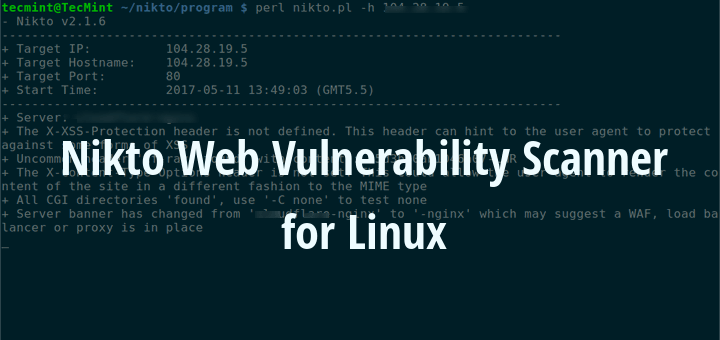
Wikto - Nikto for Windows with some extra features.
Failed to load latest commit information. Apr 23, 2015 Feb 21, 2012 Feb 21, 2012 Feb 21, 2012 Feb 21, 2012 Feb 21, 2012 Feb 21, 2012 Feb 21, 2012 Feb 21, 2012 Feb 21, 2012 Feb 21, 2012 Feb 21, 2012 Feb 21, 2012 Feb 21, 2012 Feb 21, 2012 Feb 21, 2012 Feb 21, 2012 Feb 21, 2012 Feb 21, 2012 Feb 21, 2012 Feb 21, 2012 Apr 23, 2015 Feb 21, 2012 Feb 21, 2012 Feb 21, 2012 Feb 21, 2012 Feb 21, 2012 Feb 21, 2012 Feb 21, 2012 Feb 21, 2012 Feb 21, 2012 Feb 21, 2012 Feb 21, 2012 Feb 21, 2012 Feb 21, 2012 Feb 21, 2012. README.markdown #1. Name Wikto - Nikto for Windows with some extra features. Author Roelof Temmingh Gareth Phillips Ian de Villiers #3.
License, version & release date License: GPLv3 Version: 2.1.0.0 Release Date: 2008/12/15 #4. Description Wikto is Nikto for Windows - but with a couple of fancy extra features including Fuzzy logic error code checking, a back-end miner, Google assisted directory mining and real time HTTP request/response monitoring. Wikto is coded in C# and requires the.NET framework. Requirements WinHTTrack () HTTprint ().Net Framework #6. Documentation #7. Getting a binary copy You can grab the latest binary copy.
21 November 2011 Nikto is a fast, extensible, free open source web scanner written in Perl. Nikto is great for running automated scans of web servers and application. Program 10000 Langkah Kkm more. Because Nikto relies on OpenSSL it is most easily installed and run on a Linux platform.
The following tutorial will show you the many convoluted steps needed to install Nikto on Windows XP. I tested this process on Windows XP Professional, service pack 3, but it will probably work on other configurations. Is a fast, extensible, free open source web scanner written in Perl. Nikto is great for running automated scans of web servers and application. Royal Ts Crack Key on this page. Unlike passive tools like or, Nikto is active and automated, so there's no need to set up a proxy and navigate a site by hand.
Because Nikto relies on OpenSSL it is most easily installed and run on a Linux platform. However, there are times when you might not have easy access to a Linux platform but still want to have the ability to run Nikto. The following tutorial will show you the many convoluted steps needed to install Nikto on Windows XP. I tested this process on Windows XP Professional, service pack 3, but it will probably work on other configurations. The first step to getting Nikto to run is to install Perl. Fortunately for Windows users, ActiveState releases Active Perl, which is free.
Download Active Perl from their site. Once you have downloaded Perl, install it in an easy to access location, such as C: Perl. Next update your PATH environmental variable so that C: Perl bin is in your PATH. To do this right click on your 'My Computer' icon, select 'Properties', click the 'Advanced' tab, and click the 'Environmental Variables' button at the bottom. This will open a new window.
In the bottom half of this window, in the 'System variables' frame you should see an item called 'Path'. Click 'Path' and then the 'Edit' button. Path variables are separated by a semi-colon, so scroll to the end of the 'Variable value' text box and add ';C: Perl bin;' to add Perl to your PATH environmental variable. Now click 'OK' on on the open boxes to close things up again. (See the related article on for further details) Once you have Perl installed you're going to need to begin the arduous task of getting OpenSSL built and installed. The first thing you'll need is the 7zip utility from. You're going to need this because several of the files are distributed as zipped tar files (.tar.gz or.tgz extensions).
7zip allows you to unzip and untar these files. Next you need Microsoft Visual C++ Redistributable from.
Be sure to get the version from this link, as it is known to work with this process. Once the download is complete, install the program. You're also going to need the Windows equivalant of the Unix 'make' utility, called 'nmake'. Download Nmake15.exe from Microsoft's site. You should rename this to 'nmake.exe' and put it's location in your Path environmental variable. I created a folder called C: bin and then put all such files in there.